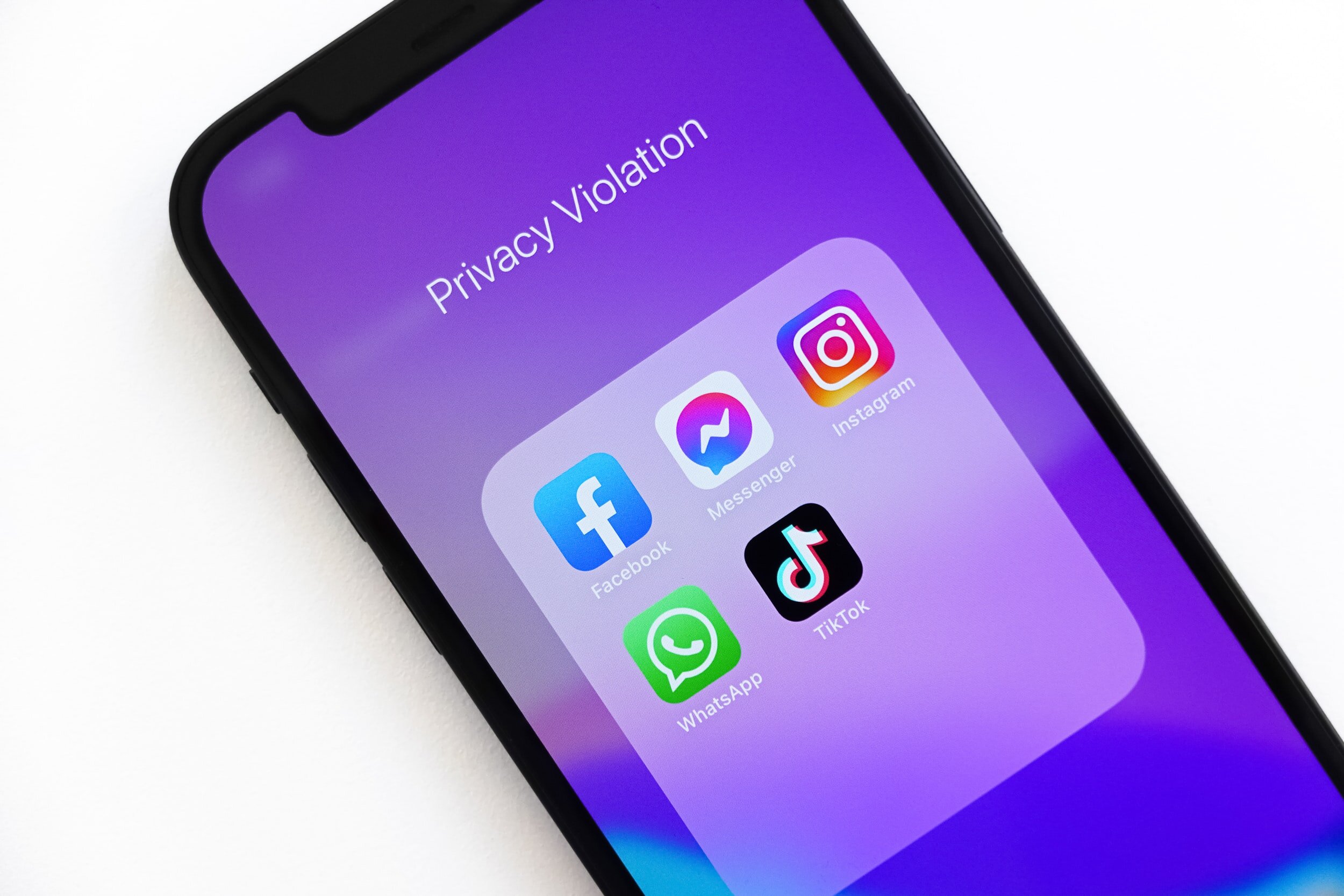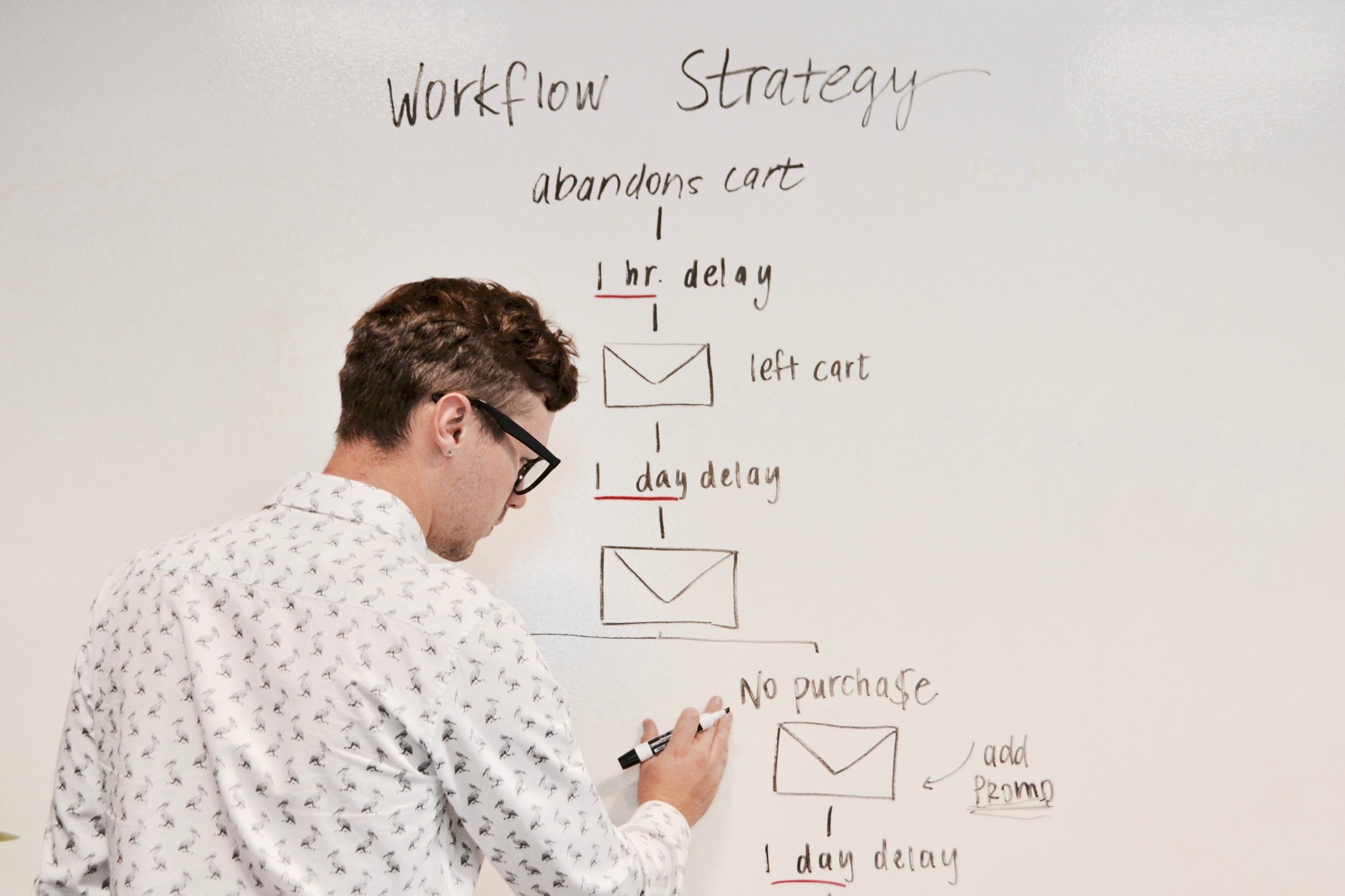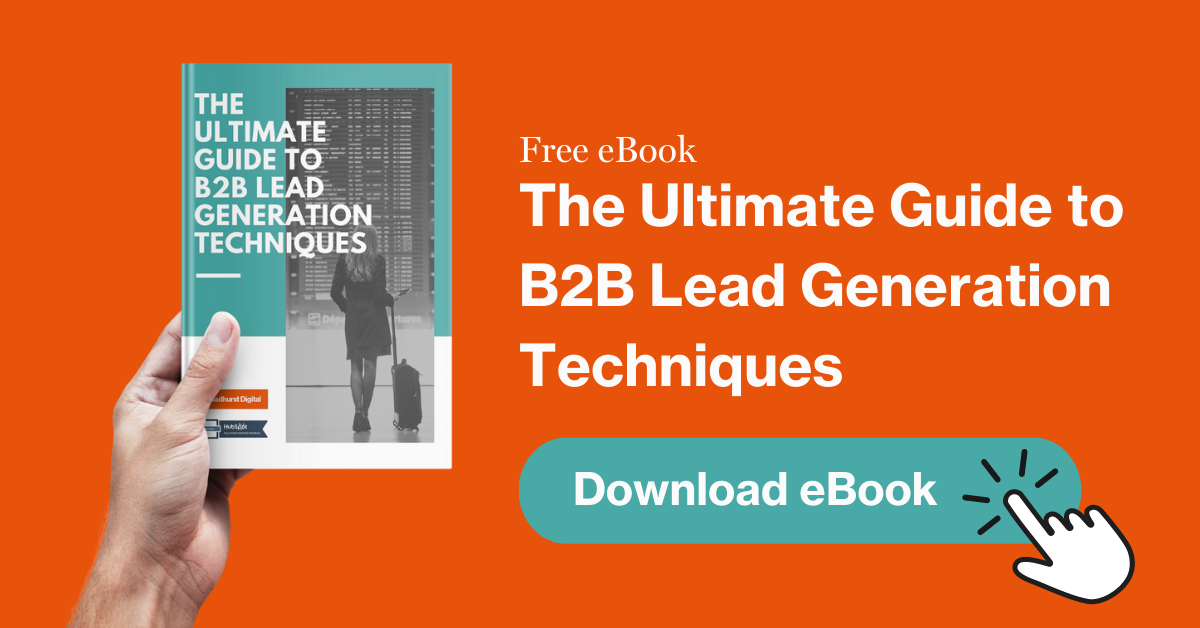B2B (business-to-business) email marketing is a powerful tool to grow your business. But how do companies do email marketing for B2B in the UK? B2B emails are an essential part of the marketing mix, but no one size fits all approach. The type of email that works for one company might not work for another. While the idea is to get that initial email opened, you need to keep them engaged by following up with personalised emails relevant to their business and avoiding cold email marketing where possible. If you want to get the full benefits of email marketing, read on.
GDPR and B2B email marketing

Most people are aware of GDPR but it’s actually PECR that dictates many of the rules surrounding email marketing.
The General Data Protection Regulation (GDPR) introduced stricter rules for handling and securing customer data. A key provision of this law is the "Right to Erasure." This right ensures that consumers have a right to request that their data be deleted if it is no longer needed for a specific purpose, such as marketing. The Privacy and Electronic Communications Regulations (PECR) also play an important role in B2B email marketing strategy. They restrict marketers from sending emails with sensitive personal information without your consent. It is also a legal requirement under PECR that businesses seeking to send B2B email marketing must provide a functional unsubscribe facility that allows the recipient to opt out.
'Solicited' vs 'unsolicited' emails
Solicited emails are the ones that you send to a lead who has opted-in to receive your content. You contact a lead when you want to keep in touch with them and have something relevant to say. Unsolicited email, or cold email marketing, is those that send people who didn't request you contact them.
The question for B2B marketing professionals in the UK is this: are you allowed to send unsolicited cold marketing emails?
Yes. Broadly speaking, as long as you're an official marketing representative of a company and you're following good marketing practices and strategies, you may send unsolicited emails for B2B marketing. The rules surrounding this are found in the PECR legislation rather than GDPR.
A crucial thing to note when it comes to B2B email marketing rules is whether a potential recipient is contacted as a corporate body representative or a sole trader. This matters! Here's what the ICO says about it:
"Sole traders and some partnerships are treated as individuals so you can only email or text them if they have expressly consented or if they bought a similar product from you in the past and didn't opt-out from marketing messages when you gave them that chance. You must include an opt-out or unsubscribe option in the message.
You can email or text any corporate body (a company, Scottish partnership, limited liability partnership or government body). However, it is good practice, and good business sense, to keep a 'do not email or text' list of any businesses that object or opt out, and screen any new marketing lists against that." (https://ico.org.uk/for-organisations/in-your-sector/marketing/the-rules-around-business-to-business-marketing-the-gdpr-and-pecr/)
How to generate more opt-in emails

The first step to achieving high-quality subscribers is to create a high-quality lead magnet.
Having opted-in subscribers benefits email marketing success rate. The first step to achieving this is to create a high-quality lead magnet. This will give you something to offer subscribers in exchange for their email addresses. Think about using webinars, ebooks, guides, or industry reports. If you struggle to develop some topics that your audience will be interested in, you should create a buyer persona and focus on solving their challenges and pain points.
In the second step, you need to collect as many emails as possible. Use an attention-grabbing call-to-action (CTA), and display the CTA at the top of every relevant. Direct users who click on the CTA to a conversion-optimised landing page to make sure it is easy for visitors to sign up with as few clicks as possible.
The third step is to create engaging content aligned to each stage of the buyer journey. This content will help your potential buyers solve their challenges while also establishing your brand as a credible, reliable source of information. You'll then use content such as case studies, product demos, or free trials to nudge subscribers closer to becoming customers.
Finally, in the fourth step, use smart list segmentation and automation so that you can send out personalised messages using your content to specific segments of your prospects based on what they are interested in or what you know about them. For example, if you have two broad audiences - finance directors and operations directors - you would send different content (e.g. an appropriate case study) to a recipient based on their role.
Using marketing automation to nurture leads

Marketing automation is great for nurturing leads before they become opportunities, as well as being useful for retention once they are customers.
Marketing automation is one of the most powerful techniques to make email marketing effective for a B2B company. Principally, it is used to nurture leads and convert them into customers. It is the process of automating tasks like emailing leads, sending out campaign updates, and creating personalised messages for each lead to increase conversions.
Marketing automation is great for nurturing leads before they become opportunities, as well as being useful for retention once they are customers. It is used for targeting and analysing your customers and understanding their needs. It can also help you segment your customer base into different groups for delivering targeted content, which is helpful in significantly increasing conversions.
One of the disadvantages of marketing automation is that it takes time to set up and implement properly because it's a complicated process. If you don't take your time implementing an automation strategy, your campaign may not go as planned or may even fail.
B2B email marketing subscription ideas
One way of keeping your email subscribers engaged beyond using marketing automation and content such as lead magnets is through regular subscriptions. Email subscriptions can be used to deliver content regularly to your subscribers. There are two main types of regular email subscriptions that you should consider: newsletters and blog subscriptions.
Newsletters are great when it comes to B2B marketing. They are one of the oldest and most reliable digital marketing tools that we still use today. With newsletters, you can market your products and services to your customer base more personally, consistently and in an engaging way.
Furthermore, newsletters are effective because they offer an opportunity to build trust with your customers. By subscribing to your blog, your subscribers are giving you special access to their inbox, and you must respect their trust by delivering good content that is relevant to them. There are two ways to approach the content that you add to your newsletter; curate or create. Are you going to create all of the content you include in the newsletter (e.g. sharing your company's blogs, podcasts, videos, etc.) or curate content from other sources that you think your audience will find interesting?
Building a blogs subscriber email list is another option that you absolutely should use if you regularly update your company blog. A blog subscriber email will automatically email out links to your subscribers, pointing them to your latest blog posts. The beauty of good blog subscription emails is that they can be used to merchandise other content or offers that your business has on offer, thus delivering on the promise to the subscribers to deliver your latest blog posts while also generating more sales leads and enquiries.

</div
</figure
</figure
</figure
</div
Comments